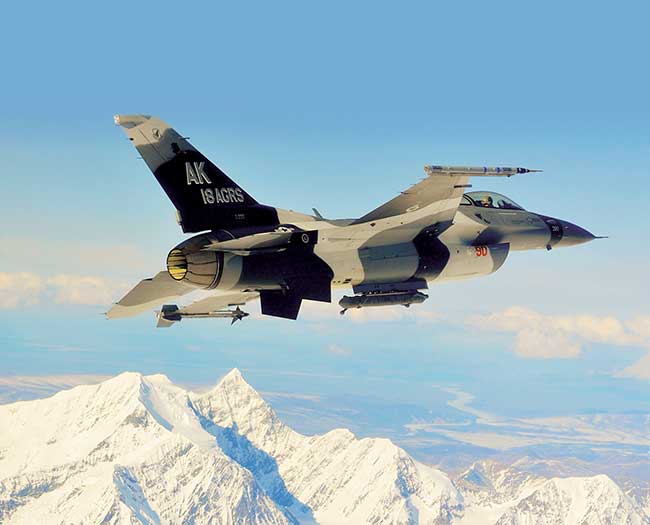Specialized aerospace and defense requirements present challenges for fiber optics, making it more difficult to use technology originally developed for civilian and commercial applications. However, the industry is now responding and finding solutions.
 In military and aerospace applications, improving size, weight, power and cost (SWaP-C) is critical. That’s why electronics are being replaced by fiber optics. Fiber is lighter than copper and is immune to electromagnetic interference, a significant plus. It can also provide high-bandwidth connections over long distances.
Additionally, fiber can form the basis of sensors to measure strain, temperature, and biological or chemical compounds. It’s also possible to transmit power over fiber, simplifying the setup of mobile and temporary installations.
Both defense and aerospace now have a growing appetite for fiber, said Bruno Daffix, a spokesperson for Airbus Defence and Space GmbH — the Munich-based division of the Airbus Group is Europe’s leading defense and space enterprise. One of the company’s latest ventures is its laser communication- and geosynchronous satellite-based broadband Space-DataHighway.
In the case of the military, some of the reasons for this growing need are the same as those behind civilian adoption of fiber technology, Daffix said. “This trend is mainly driven by the need of increasingly larger broadband, besides the specific advantage for defense of avoiding electromagnetic interference.” He pointed to pictures and video taken by drones, aircraft or satellites that carry ever more sophisticated cameras, radar and other sensors. These produce higher and higher resolution imagery and video, so there must be more bandwidth to transmit and analyze this data.
In military and aerospace applications, improving size, weight, power and cost (SWaP-C) is critical. That’s why electronics are being replaced by fiber optics. Fiber is lighter than copper and is immune to electromagnetic interference, a significant plus. It can also provide high-bandwidth connections over long distances.
Additionally, fiber can form the basis of sensors to measure strain, temperature, and biological or chemical compounds. It’s also possible to transmit power over fiber, simplifying the setup of mobile and temporary installations.
Both defense and aerospace now have a growing appetite for fiber, said Bruno Daffix, a spokesperson for Airbus Defence and Space GmbH — the Munich-based division of the Airbus Group is Europe’s leading defense and space enterprise. One of the company’s latest ventures is its laser communication- and geosynchronous satellite-based broadband Space-DataHighway.
In the case of the military, some of the reasons for this growing need are the same as those behind civilian adoption of fiber technology, Daffix said. “This trend is mainly driven by the need of increasingly larger broadband, besides the specific advantage for defense of avoiding electromagnetic interference.” He pointed to pictures and video taken by drones, aircraft or satellites that carry ever more sophisticated cameras, radar and other sensors. These produce higher and higher resolution imagery and video, so there must be more bandwidth to transmit and analyze this data.
Member Exclusive: To read the complete article, please Login or Register